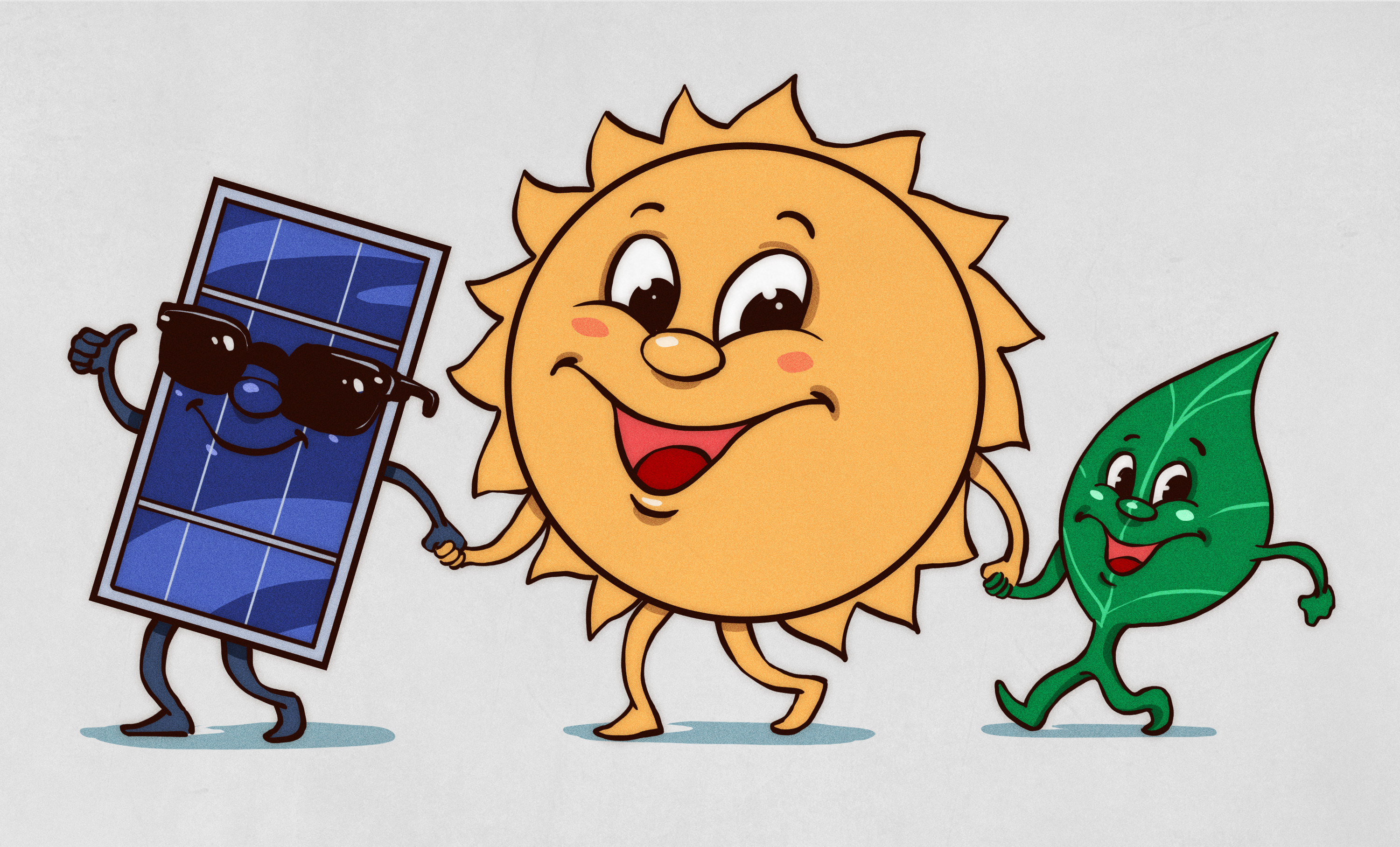Agrivoltaics Is A Land Usage Hack For Maximum Productivity - 4 minutes read

Land tends to be a valuable thing. Outside of some weird projects in Dubai, by and large, they aren’t making any more of it. That means as we try to feed and power the ever-growing population of humanity, we need to think carefully about how we use the land we have.
The field of agrivoltaics concerns itself with the dual-use of land for both food production and power generation. It’s all about getting the most out of the the available land and available sunlight we have.
The world has limited land that is suitable for food production. Prime agricultural land is prized for its ability to grow crops at high yields. This often comes down to factors like favorable soils, readily-available water supplies, and plenty of sunlight.
As it turns out, though, agricultural land is perfect for installing solar panels, too. Solar installations want as much sun as possible, and they don’t like getting too hot. The cooler, moist conditions of farming lands make them more attractive than deserts for solar panels, as the lower temperatures help the panels remain in their most efficient operating range.
Thus, for land with plenty of sun and mild conditions, it makes sense to try and use it for both food production and power generation. The field of agrivoltaics concerns itself with finding optimum methods to achieve this.
The most important consideration is one of shade. If the solar panels are installed without due care, there will be insufficient sunlight to grow any meaningful produce. At that point, you’re just doing photovoltaics, and you’ve thrown the agriculture out the window. Typically, the trick is to raise the panels at a significant height off the ground to allow workers and machinery to access the crops below. This does add significant cost, which is the trade-off for such combined installations.
When it comes to agrivoltaics, plant choice is key. Those that grow well in shady conditions are ideal, while those that require full sun are a poor choice. Tomatoes, lettuce, and simple grasses can do well in an agrivoltaic setup, as they can grow successfully with a low amount of sunlight. Broadacre crops like wheat, on the other hand, deliver very poor yields under such conditions, and are not a suitable choice.
The BayWa r.e. project in Europe has found success with a variety of agrivoltaic systems across the Netherlands and Germany. These consist of various berries and vegetables grown underneath raised photovoltaic panels. This actually brought a surprise benefit on hotter days. The shade from the panels on these days actually helped cool the plants, reducing evaporation and heat stress. The panel installation also appeared to help keep the growing area warmer overnight, reducing the need for plastic covers to protect delicate berries from the cold.
Vineyards can also benefit from such installations. Installing panels above vines in France helped reduce water demand, as the plants were protected from the worst of the sun during heatwaves. During one experiment run by Sun’Agri, the grapes produced by solar-shaded vines also had improved aromatic properties, making them more desirable for use in winemaking.
Meanwhile, a Chinese project has found a way to mitigate the shading problem for more flexibility. Grooved glass panels are installed interspersed with solar panels at a height of several meters above the ground. The glass panels act to scatter sunlight evenly across the crops below, mitigating the shading effect of the solar panels. In testing, crop yields were equal or better than under normal conditions, and adding LED lighting to the system enabled the production of an even higher quality crop.
More basic systems can work too. Some elect to simply install solar panels on agricultural land, slightly raised up to allow sheep or other animals to graze underneath. As long as there’s enough sun to keep the grass growing, it’s a straightforward way to combine food production and power generation on the same tract of land. In one Greek trial of this methodology, the sheep provide the useful benefit of vegetation control. No mowing is required to avoid excessive grass growth and fire risks. Instead, the grazing keeps the grass in check.
As the world turns to solar power for more of its energy needs, there will necessarily be a hunt on for more land to install panels on. Armed with agrivoltaic techniques, humanity will be best placed to get the most possible out of the limited agricultural land we have to rely on. Expect to see more farms turning to agrivoltaics in future, both for the added revenue stream from solar power, and to help provide the clean energy our societies so desperately need .
Source: Hackaday
Powered by NewsAPI.org